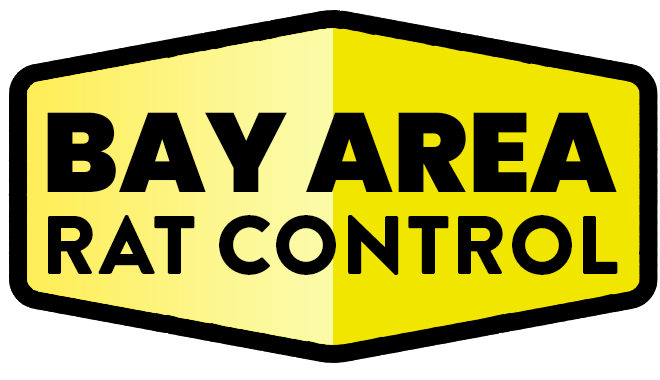Opening Thoughts
Rats in apartment complexes pose unique challenges because of the shared living spaces, interconnected utilities, and large populations of residents. Traditional rat control methods often fall short in such settings, making a community-based approach essential. By fostering collaboration among tenants, property managers, and pest control professionals, apartment communities can effectively address and prevent rat infestations. This guide provides a detailed framework for implementing community-wide strategies that ensure a clean and pest-free living environment.
The Importance of Community Effort
Rats thrive in areas where food, water, and shelter are readily available, and apartment complexes offer plenty of these resources. A single resident’s negligence or an overlooked structural flaw can lead to widespread infestations that affect the entire building. Community-based prevention ensures that all residents and management work together to maintain sanitary conditions, seal entry points, and monitor for rat activity, creating a united front against these pests.
Identifying Common Problem Areas
Shared Trash and Recycling Areas
Improper waste disposal is one of the leading causes of rat infestations in apartment complexes. Overflowing trash bins, uncovered dumpsters, and food scraps left behind can attract rats and provide them with ample resources.
Communal Spaces
Basements, laundry rooms, hallways, and storage areas are common hiding and nesting spots for rats. These areas are often dark, quiet, and rarely inspected, making them ideal for infestations.
Structural Vulnerabilities
Cracks in walls, gaps around utility pipes, broken window screens, and poorly sealed doors and windows serve as entry points for rats. Shared walls and interconnected utilities allow rats to move easily between units.
Collaborative Prevention Strategies
Education and Awareness
Creating awareness among residents is the first step in community-based rat prevention. Many tenants may not realize how their actions can contribute to infestations. An informed community is more likely to follow preventive practices.
How to Educate Residents:
- Host informational sessions on rat prevention, covering topics such as proper food storage, waste disposal, and identifying signs of infestations.
- Distribute newsletters or flyers with tips for maintaining cleanliness and reporting pest activity.
- Create an online portal or group chat where residents can share updates, report sightings, and ask questions.
Sanitation and Waste Management
Proper waste management is critical in preventing rats from being attracted to apartment complexes. Property managers and residents must work together to keep communal trash areas clean and organized.
Key Practices:
- Install rat-proof trash bins with tight-fitting lids and ensure regular garbage collection to prevent overflow.
- Enforce rules about proper trash disposal, such as sealing garbage bags and not leaving loose food scraps in bins.
- Encourage tenants to clean up immediately after using communal spaces like kitchens or dining areas.
- Implement a rotating schedule for residents to assist in monitoring and maintaining trash areas.
Structural Maintenance and Repairs
Keeping the building’s structure in good condition is essential for keeping rats out. Property managers should conduct regular inspections and address vulnerabilities promptly.
Steps for Effective Maintenance:
- Seal gaps and cracks in walls, floors, and ceilings using durable materials like steel wool, caulk, or cement.
- Install door sweeps and weatherstripping to close gaps under doors.
- Cover vents, drains, and utility openings with metal mesh to prevent rat entry.
- Conduct semi-annual inspections of the building’s exterior and interior, especially in areas prone to damage or wear.
Monitoring and Early Detection
Regular monitoring helps detect rat activity before it becomes a full-blown infestation. Combining visual inspections with advanced tools can enhance detection efforts.
Monitoring Tools and Techniques:
- Install motion-sensor cameras in basements, storage rooms, and trash areas to track activity.
- Use bait stations and traps in strategic locations to monitor and control rat populations.
- Train staff and residents to recognize early signs of infestations, such as droppings, gnaw marks, grease trails, and nesting materials.
Fostering a Culture of Accountability
To ensure lasting success, it’s important to establish clear guidelines and accountability among all community members. This includes defining roles and responsibilities for both residents and management.
Resident Responsibilities:
- Keep individual units clean and free of food debris.
- Report structural issues or pest sightings promptly to property management.
- Adhere to building rules regarding waste disposal and communal space use.
Property Manager Responsibilities:
- Provide adequate resources for waste management, such as bins, collection services, and cleaning supplies.
- Respond to maintenance requests and pest reports quickly to prevent escalation.
- Hire professional pest control services for regular inspections and treatments.
The Role of Professional Pest Control
Even with a strong community-based approach, professional pest control services are often necessary to address entrenched infestations or provide preventive treatments. Pest control experts can offer:
- Customized treatment plans tailored to the unique challenges of apartment complexes.
- Advanced solutions like baiting systems and rodenticides that are safe for use in residential areas.
- Structural assessments and recommendations for long-term pest prevention.
Long-Term Benefits of Community-Based Prevention
When apartment communities take a unified approach to rat prevention, the benefits extend beyond pest control:
- Improved living conditions and tenant satisfaction.
- Lower maintenance costs by preventing damage caused by rats.
- A stronger sense of community among residents who work together to maintain a clean and safe environment.
Final Thoughts
Community-based rat prevention is the most effective way to tackle the challenges unique to apartment complexes. By educating residents, maintaining proper sanitation, addressing structural vulnerabilities, and fostering a culture of accountability, apartment communities can create a rat-free environment that benefits everyone. Collaboration is key—when residents and management work together, everyone enjoys a cleaner, safer, and more comfortable home.
Relevant Links/Sources:
Rat Prevention Tips for Apartments – CDC
Community Pest Control Solutions – PestWorld
Apartment Pest Management Guide – EPA
